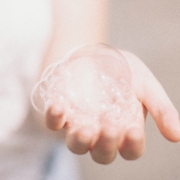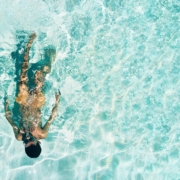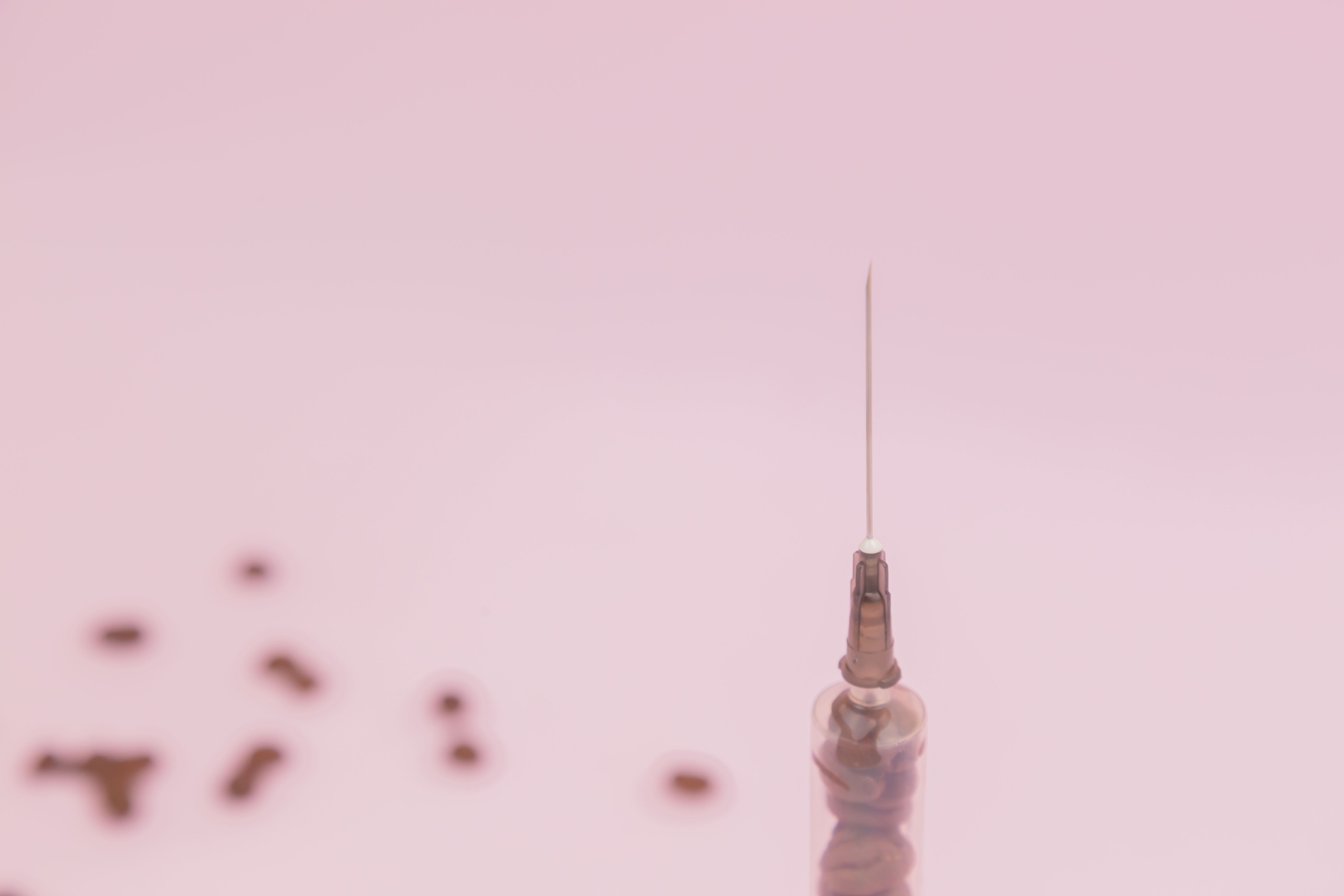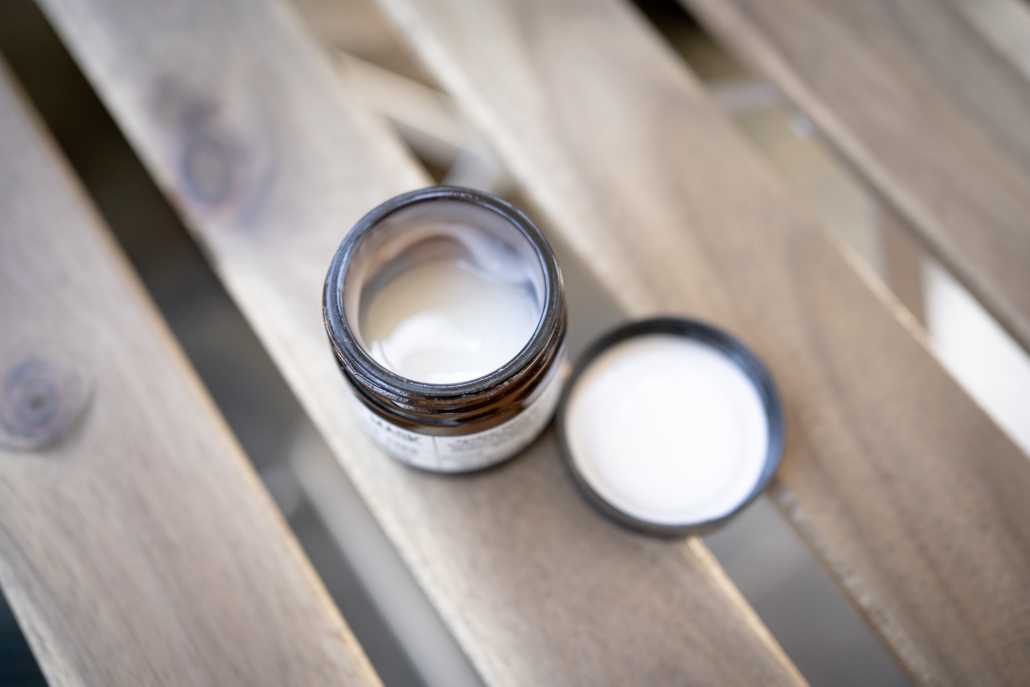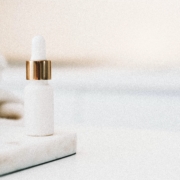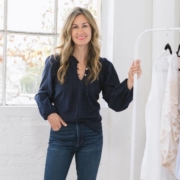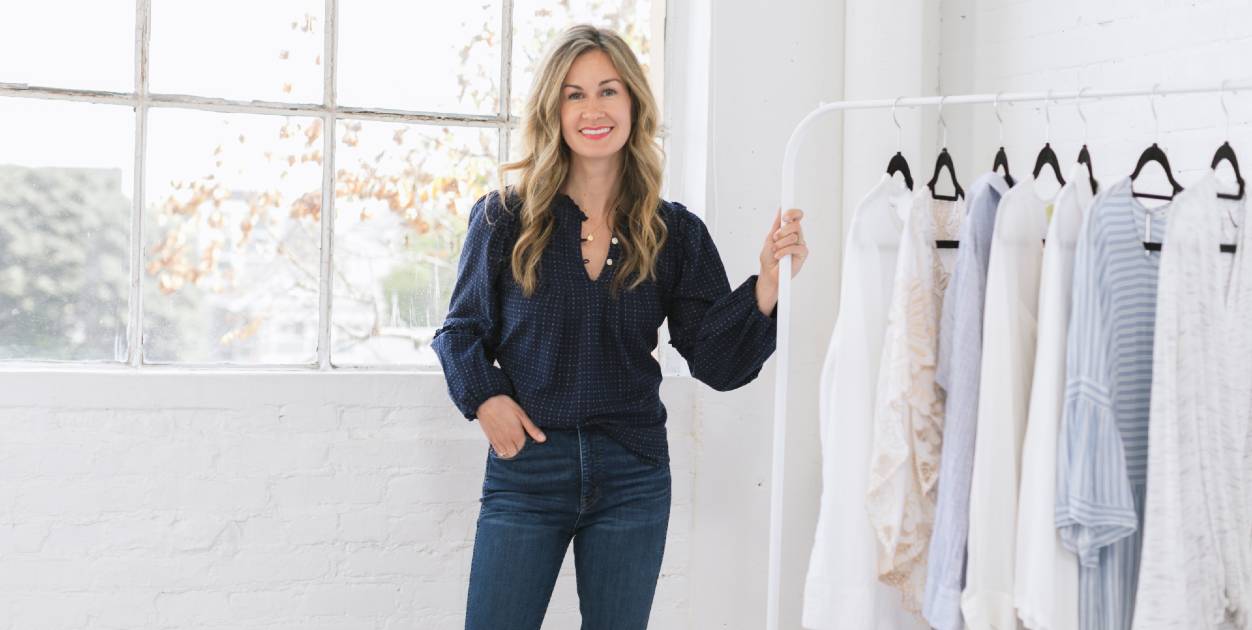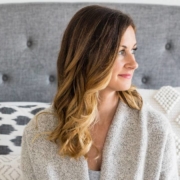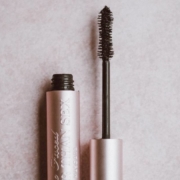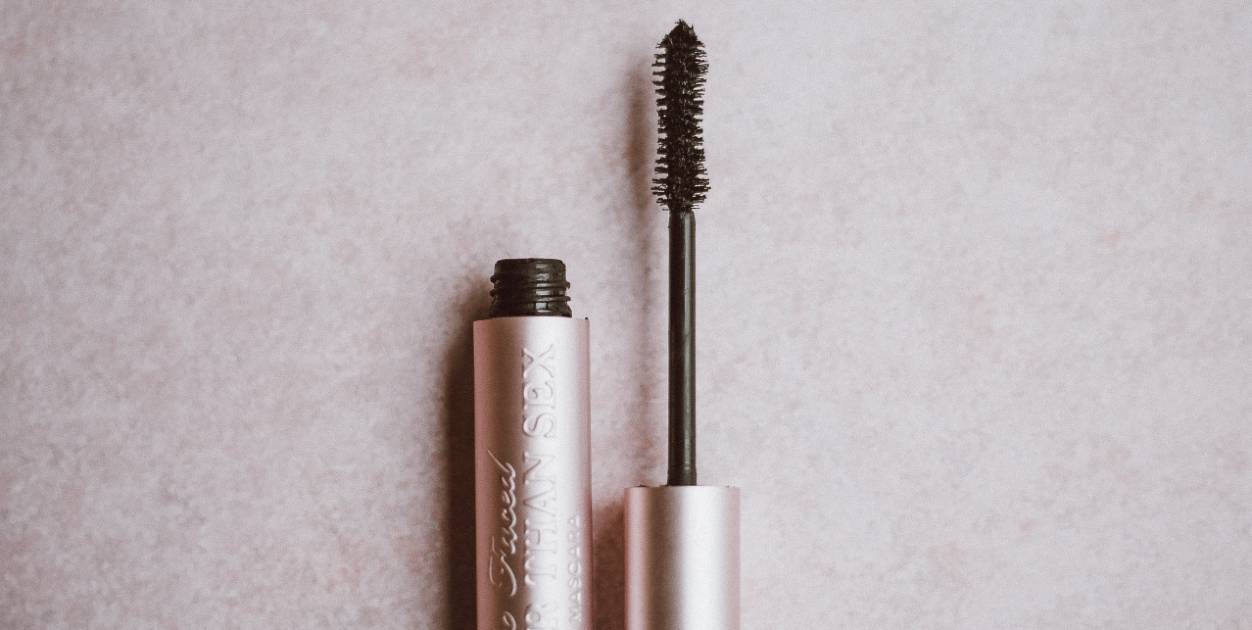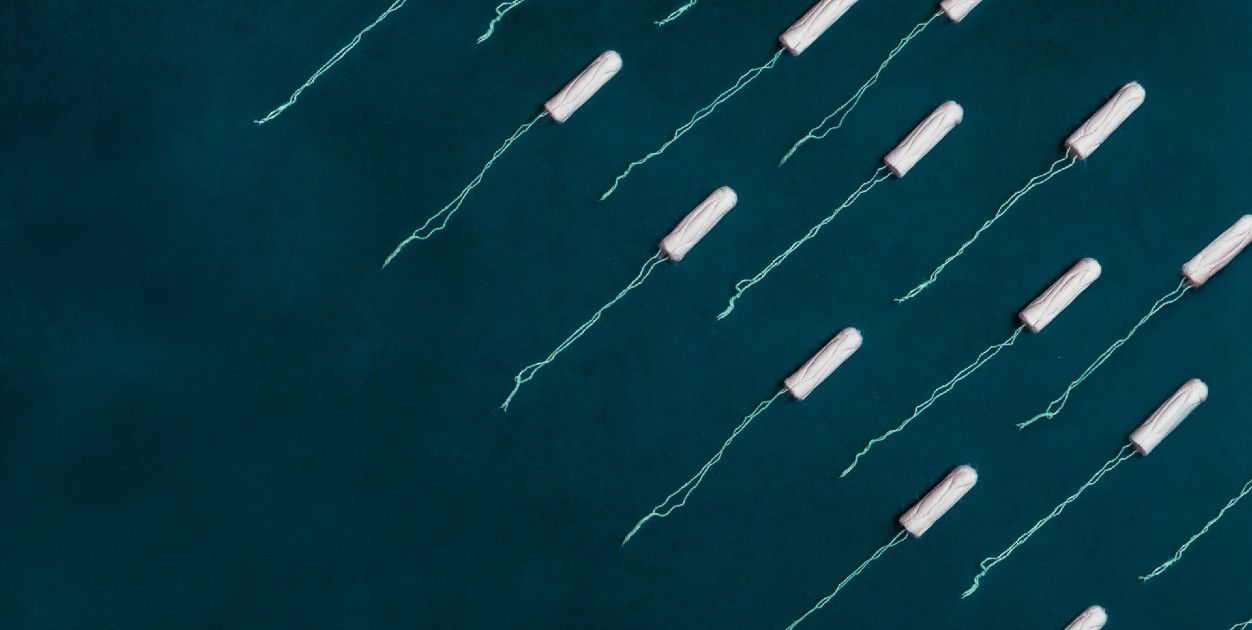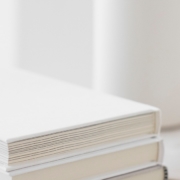SOAP
 Here’s a picture I never thought I’d paint for you: Imagine you’re in Ancient Rome. You’re a wealthy citizen of the city so you have access to running water and public baths – the first of their kind. You’re bathing – washing your skin and hair – and on the other side of the city someone else, with less wealth and lower on the hierarchy than you, is cleaning dirty wool and newly-picked cotton to weave them into cloth. Which of these people, do you think, is using soap?
Here’s a picture I never thought I’d paint for you: Imagine you’re in Ancient Rome. You’re a wealthy citizen of the city so you have access to running water and public baths – the first of their kind. You’re bathing – washing your skin and hair – and on the other side of the city someone else, with less wealth and lower on the hierarchy than you, is cleaning dirty wool and newly-picked cotton to weave them into cloth. Which of these people, do you think, is using soap?
Listen on iTunes here.
Listen on Spotify here.
Listen on Google Podcasts here.
EPISODES MENTIONED
RECOMMENDED RESOURCES
Dr. James Hamblin’s viral article on his decision to stop showering
PRODUCT LINKS
SOURCES
https://pubmed.ncbi.nlm.nih.gov/9407174/
https://www.ncbi.nlm.nih.gov/pmc/articles/PMC6678709/
https://www.theatlantic.com/health/archive/2016/06/i-stopped-showering-and-life-continued/486314/
TRANSCRIPT
Here’s a picture I never thought I’d paint for you: Imagine you’re in Ancient Rome. You’re a wealthy citizen of the city so you have access to running water and public baths – the first of their kind. You’re bathing – washing your skin and hair – and on the other side of the city someone else, with less wealth and lower on the hierarchy than you, is cleaning dirty wool and newly-picked cotton to weave them into cloth. Which of these people, do you think, is using soap?
The Romans and Greeks pioneered running water and public baths. But they wouldn’t have dreamed of using soap to clean their skin. Instead, men and women soaked their entire bodies in water and then smeared themselves with scented olive oils.
While there is evidence of early soap used in ancient times, it was used as a laundry detergent – to clean cotton fibers or sheared wool before weaving them into cloth – rather than for human hygiene.
Despite advances in skin care, soap sold on the market today is essentially the same thing – detergent. We’re actually worse off than Ancient Romans because in our case, it’s synthetic detergent.
Unless it’s artisanally made, small batch or made from natural raw ingredients, a bar of soap you’ll find in the grocery store (let’s say Ivory or Lever) may contain some of the same ingredients as real soap— being animal fats or vegetable fats —but they are not, in the legal-slash-chemical sense, really soap.
Soap is sold to us as a must for cleaning our bodies. We’re told it’s a necessity for removing dirt, oil and dead skin cells – my guess is that most of us wouldn’t feel “clean” if we got out of the shower having just rinsed in water.
But according to scientists and some dermatologists, soap might actually be one of those things that does more harm than good.
According to various studies over the years, that you can find on PubMed and I’ll link to in the show notes, it’s been well documented that conventional soaps can wreak havoc on the skin by changing its pH, destroying healthy bacteria on the skin, and stripping away vital oils. Which could help to explain why conditions such as eczema, psoriasis and acne have been rising steadily over the decades – despite advances in modern medicine.
As I mentioned in the HAND SANITIZER episode from last season, soap is great for stripping away germs. But you can’t strip away the bad stuff without also stripping away the good stuff. The protective oils on our skin are the good stuff – they’re there to maintain a healthy balance in our skin’s barrier function by helping to minimize dryness, fine lines and wrinkles, fight breakouts, level out unbalanced pH levels and protect against environmental damage. So when you strip the skin of those oils with synthetic detergent, what do you think happens?
You get skin that is overly sanitized and lacking the trillions of microbes that colonize our skin and our gut microbiomes that – put simply – allow us to live healthier lives.
It seems like every week, microbiologists are learning more about the incredibly complex systems that make up our microbiome. The relationship we have with our germs and bacteria helps our developing immune systems, protects us from pathogens and reduces our risk of autoimmune conditions. Autoimmune conditions like eczema or psoriasis on our skin, for example.
And as we learn more about the science, there is convincing evidence that scrubbing off our skin microbiome, as well as the natural oils on which these good microbes feed, is not the answer to quote-unquote clean and healthy bodies.
I can hear you through the microphone right now, worrying about your stench. Or maybe worrying about how your husband is going to smell if I tell you it’s time to ditch soap altogether. But don’t worry, we have options – going soapless isn’t going to be an assault on your personal hygiene.
The first thing is to ditch the body wash or conventional soap with any type of synthetic fragrance in it. If you’re a new listener, you can go back to the FRAGRANCE episode to learn more about why it’s problematic… in just about anything.
In researching this episode, I came across Dr. James Hamblin who is the author of the book Clean: The New Science of Skin. In 2016, he wrote an article about his decision to stop showering that went viral – it’s a really compelling read and I’ll link to it in the show notes. One of the things that stood out as interesting to me is that the stigmatism of body odor began as an advertising strategy in the 1920s. And in turn, it helped quadruple the sales of Lifebuoy soap. A hundred years later, we are more perfumed, exfoliated and moisturized than ever.
Am I saying I want to live in a world surrounded by the smell of BO? No. But I do wonder why just the “normal human” smell became such a bad thing – why is it that we have to smell like flowers or pine trees? The only reason we associate those smells with being clean is because of marketing.
And the more I read about the science – and the more I read from doctors and dermatologists commenting on the whole debate – the conclusion was pretty clear to me, all you really need to clean your body is water.
For your armpits or private bits – or when you’re actually covered in dirt, paint or some other hard to wash substance – then yeah, you may need a little something extra. But we have alternative options to soap. The first one is, you guessed it, coconut oil! Yes, coconut oil can be used as a natural cleanser in the shower just as it can be used as a moisturizer after the shower. If you really want to feel like an Ancient Roman, you can gently scrape oil off while in the shower which both cleans off the grime and exfoliates your skin. There’s also dry brushing that essentially brushes off dead skin cells and any dirt. And then there are newer prebiotic body washes that we use in my family that are marketed as microbiome-friendly – my favorite brand is Aleavia and I’ll link to it in the show notes at cleanlivingpodcast.com/soap
Still not convinced? Worried you’re going to be the smelly mom at school pick up? So, here’s what’s going to happen once you start reducing the amount of conventional soap you lather on your body – your skin microbiome is going to get better at self-cleaning. The natural oils in your skin are going to replenish and you’re going to naturally produce less of the smell that we call B.O.
Dr. Hamblin says: “At first, I was an oily, smelly beast. The odor of bodies is the product of bacteria that live on our skin and feed off of the oily secretions from the sweat and sebaceous glands at the base of our hair follicles. Applying detergents (soaps) to our skin and hair every day disrupts a sort of balance between skin oils and the bacteria that live on our skin.”
“But after a while…” he goes on to say… “your ecosystem reaches a steady state, and you stop smelling bad. I mean, you don’t smell like rosewater or Axe Body Spray, but you don’t smell like B.O., either. You just smell like a person.” end-quote
And I believe him – first-hand experience here as I go ahead and throw my husband under the bus here, but one of my husband’s favorite party tricks is to tell people that he doesn’t use shampoo (it isn’t actually a party trick, but it is fun to see people’s reactions when he mentions this). 90 percent of the time they are *appalled,* some of them ask to smell his hair and all of them say “HOW??” But the truth is, his hair isn’t greasy and it doesn’t smell bad – it doesn’t smell like passion fruit – it just smells like hair.
So, what do you say we save the soap for handwashing after the bathroom and before we eat and save our money on the scented body washes? Your microbiome will thank you.
I’ll link to my two favorite hand soap options in the show notes, as well – again that’s at cleanlivingpodcast.com/soap.
Thanks for listening to this episode of The Clean Living Podcast, I’m your host Shannon Lohr. I want to give a quick shout out to L. Cameline for writing the first 5-star review of season two of the podcast. Thank you so much for taking that extra minute to say something nice about the pod – it means more to me than you know. If you listen on Apple Podcasts and haven’t written a review yet, it is a meaningful way to help more people find out about this show and really does mean a lot to me. Thanks for listening and I’ll be back next week.
